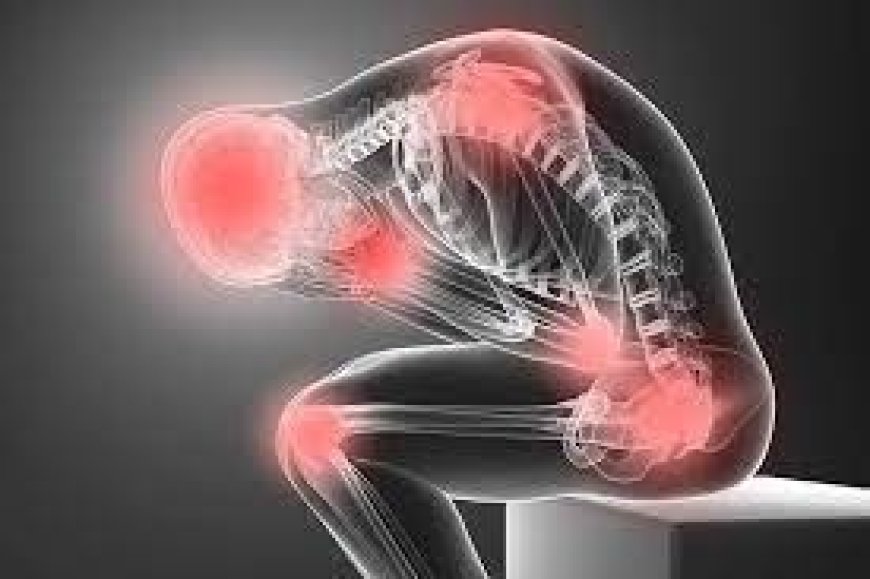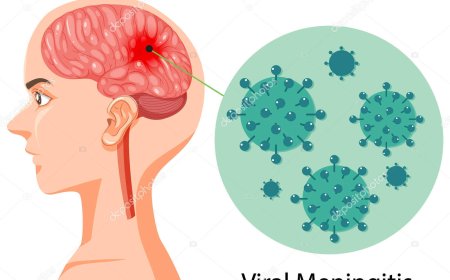Cancer Pain

Introduction :
In this article, we'll explore cancer pain, a challenging aspect faced by many people in India. We'll delve into what cancer pain is, its signs and symptoms, causes, risk factors, types, diagnostic tests, treatments, complications, and prevention techniques, all explained in simple language for our 10-year-old readers.
Signs and Symptoms:
Cancer pain can be like a troublesome visitor that comes and goes, making life difficult for those battling cancer. Some common signs and symptoms of cancer pain include:
- Persistent pain that doesn't go away even after taking medicine or resting.
- Feeling achy, sore, or uncomfortable in different parts of the body.
- Pain that interferes with daily activities, like walking, eating, or playing.
What is Cancer Pain? :
Cancer pain is a type of pain experienced by individuals who have cancer. Just like how superheroes fight against villains, cancer pain can be like a villain trying to make things tough for the body.
How Is Cancer Pain Classified? :
Cancer pain can be classified based on its intensity, location, and the type of cancer the person has. This helps doctors understand how to treat the pain effectively.
Causes and Triggers:
The causes of cancer pain can vary, but it's usually a result of the cancer itself or the treatments. For example:
- Cancer can grow and put pressure on surrounding tissues, causing pain.
- Some cancer treatments, like surgery or chemotherapy, can also lead to pain.
Risk Factors with Examples:
Certain factors can increase the chances of experiencing cancer pain. For example:
- The type and stage of cancer can influence the severity of pain.
- If someone is not getting the right treatment or pain management, it may lead to more pain.
Types of Cancer Pain:
Cancer pain can be classified into different types based on where it occurs in the body. Some common types are:
- Nociceptive Pain: This pain happens when cancer damages tissues or organs.
- Neuropathic Pain: This pain occurs when cancer affects nerves in the body.
Diagnostic Tests and Their Use:
To diagnose cancer pain, doctors may ask questions about where and how the pain feels. Some common tests include:
- Physical Examination: Doctors examine the body to understand the location and intensity of the pain.
- Imaging Tests: X-rays or scans can help doctors see inside the body to identify the source of pain.
Treatments:
Treating cancer pain involves a combination of medicines and therapies to manage the pain effectively. Some common treatments are:
- Pain Medications: Doctors may prescribe pain-relief medicines like pills or patches.
- Physical Therapies: Techniques like massages or exercises can help relieve pain.
- Palliative Care: This specialized care focuses on providing comfort and support to those with cancer.
Complications of Cancer Pain:
If cancer pain is not managed well, it can lead to physical and emotional distress, making it harder for individuals to fight cancer.
Prevention Techniques:
While it may not be possible to prevent cancer pain completely, there are ways to manage and reduce its impact. For example:
- Taking medicines on time as prescribed by doctors to prevent pain from getting worse.
- Communicating openly with healthcare professionals about any pain experienced to receive proper care.
Remember, just like how superheroes have sidekicks to support them, individuals with cancer can get help from doctors, nurses, and loved ones to manage cancer pain. With proper care and support, we can be brave warriors in the fight against cancer pain and continue to shine brightly like stars in the night sky!
What's Your Reaction?
 Like
0
Like
0
 Dislike
0
Dislike
0
 Love
0
Love
0
 Funny
0
Funny
0
 Angry
0
Angry
0
 Sad
0
Sad
0
 Wow
0
Wow
0








































































